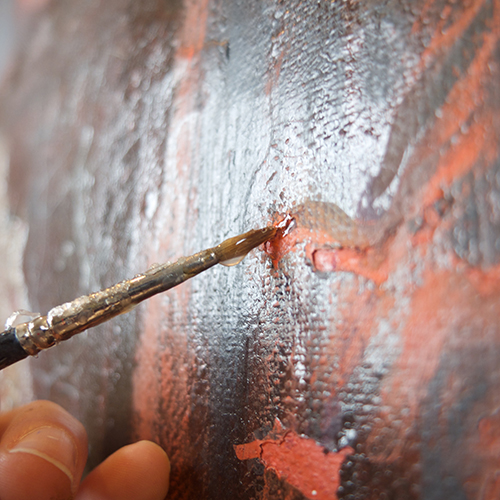Refixing in Art Restoration:
A Vital Technique for Preserving the Paint Layer
Refixing in art restoration is a fundamental technique employed by restorers to preserve and rejuvenate the paint layer on canvas. This delicate procedure involves reattaching the paint to the surface of the canvas, preventing its detachment and deterioration over time.
Refixing is particularly crucial for works on canvas, where paint can separate from the support due to various factors like humidity, temperature changes, or simply the wear and tear of age. If the paint layer is not properly secured, parts of the artwork may risk detaching, causing gaps and irreparable damage.
The first step in refixing is to identify areas where the paint has become detached from the canvas. Restorers use advanced diagnostic techniques to assess the extent of the damage. Once critical areas are pinpointed, special adhesives, such as synthetic resins, are used to reattach the paint to the canvas. This operation must be carried out with surgical precision, avoiding any excess glue or pressure that could further harm the paint.
The choice of the refixing method depends on the type of paint, the artist’s technique, and the extent of the damage. Experienced restorers are capable of making informed decisions to ensure the long-term preservation of the artwork.
Refixing is more than just a technical procedure; it is an act of preserving artistic memory, a means of restoring the artwork’s splendor while respecting its integrity. Art restorers dedicated to this crucial task play an essential role in preserving humanity’s artistic heritage, allowing future generations to continue admiring and appreciating these treasures from the past.

